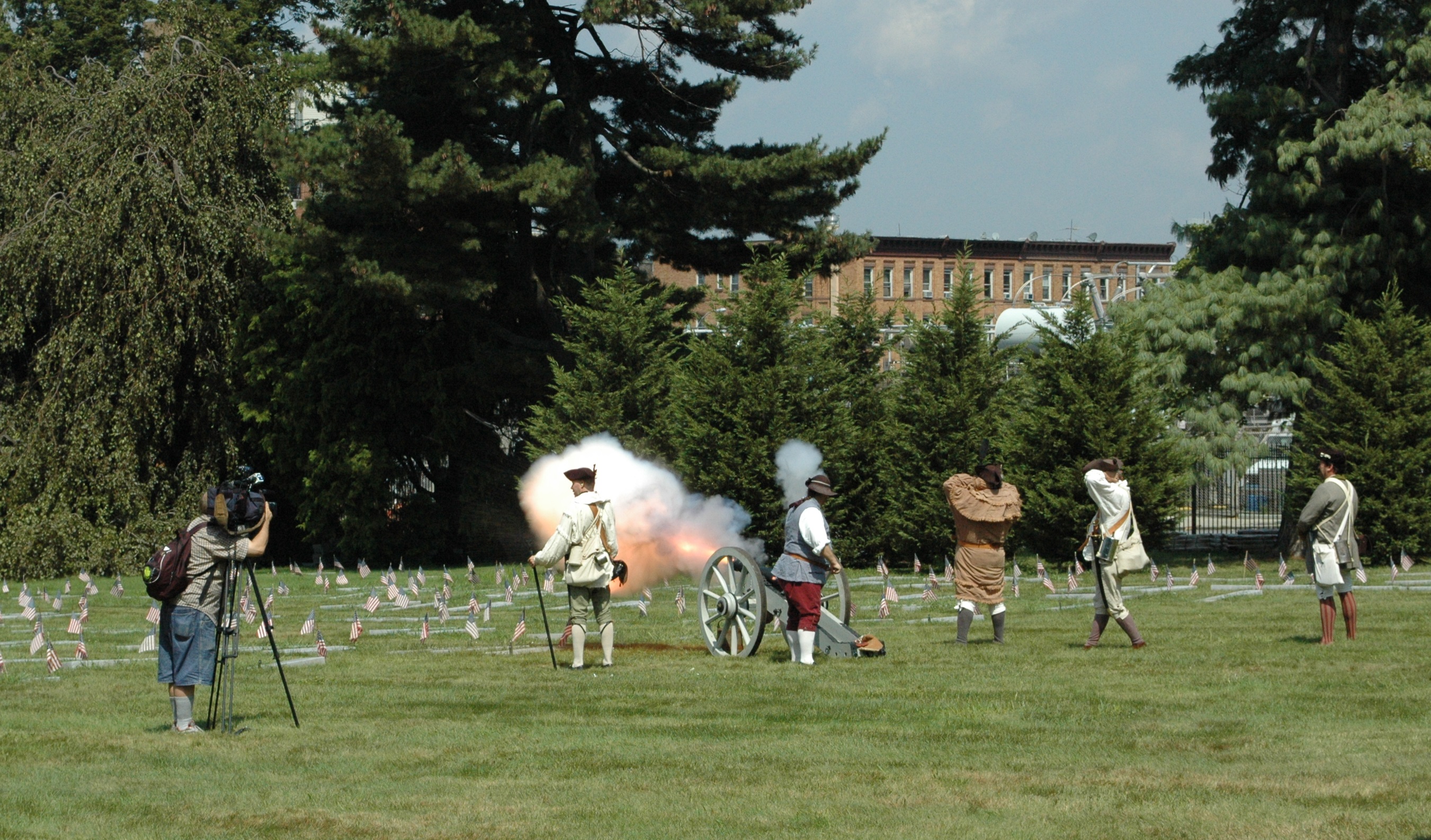
<p>A man runs in the Evergreen Cemetery in Deering Center in Portland, ME on Thursday, December 10, 2015. (Photo by Whitney Hayward/Portland Portland Press Herald via Getty Images)</p>
When we think of public spaces, we tend to think of parks, squares, libraries, museums, and other civic infrastructure. But thinking broadly can help cities maximize and improve their public spaces. Public spaces can include streets and sidewalks and even privately owned spaces, like stores, shopping centers, and cafés.
But should cemeteries be on this list? In the United States, we often consider cemeteries as private places for quiet reflection and grief. But as cities look for new ways to maximize existing infrastructure for residents’ benefit, cemeteries are increasingly playing a role.
Cemeteries as places for leisure and recreation
Cemeteries can be integrated into daily life. Assistens Cemetery in Copenhagen is a popular place for residents to congregate and relax, and cemeteries play a central role in Día de los Muertos celebrations in Mexico and other Latin American countries. Even in our country, cemeteries used to be more integrated into the public realm.
In the 19th century, new, large “garden” cemeteries were popular public tourist destinations, with visitors coming for their landscapes, architecture, and memorials for famous people buried in them—all designed, at least in part, to serve as an advertisement for visitors.
Today, cemeteries are starting to rethink their offerings to visitors and local residents. In DC’s Congressional Cemetery, a popular dog walking program allows dog owners to use the space for an annual fee. Cemeteries also provide valuable open space for wildlife, and some, like Laurel Hill in Philadelphia, publicize their designations as accredited arboretums.
Cemeteries as historical and civic memorials
Cemeteries are often rich with history, but allowing the public to appreciate this history requires balancing the cemetery’s role as a dignified resting place.
Filled with late 19th-century Victorian architecture, Green-Wood Cemetery in Brooklyn offers nighttime tours and gothic-themed events. But Halloween costumes are not allowed during tours, in respect for its use as an active cemetery.
Many cemeteries have also played up their roles as historic and civic spaces. Green-Wood obtained the remains of former New York governor DeWitt Clinton, who died in 1828, in the 1840s, and in 1853, they opened a memorial space, complete with a bronze memorial statue.
More recently, Green-Wood has emphasized its historical significance in American history, both as the location of the Revolutionary War Battle of Brooklyn and as a major burial site for those who fought in the Civil War.

A Revolutionary War reenactment taking place in Brooklyn’s Green-Wood Cemetery, in front of gravestones marking burial sites for Americans who fought in the Civil War. Photo by Mark Treskon.
How can we continue rethinking cemeteries as public spaces?
I offer three considerations for policymakers, city planners, and residents interested in overlooked uses of cemeteries.
1. Understand cemeteries’ complex history
Contentious debates can develop around how to memorialize historical figures and events, with those related to the Confederacy and the Civil War as a particular flashpoint. Advancing cemeteries as public spaces may require sensitive handling of these issues.
Green-Wood Cemetery, for example, agreed to the relocation of J. Marion Sims' monument from New York’s Central Park onto its grounds. Sims, a 19th-century gynecologist who experimented on enslaved black women, was already buried in Green-Wood and had become too controversial to merit a monument in New York’s most famous park.
2. Respect cemeteries’ dignity and those paying respects
Cemeteries, active ones in particular, need to balance their roles as spaces of memory for those paying respects to loved ones and as spaces of history for those visiting cemeteries for their cultural or historical significance. Public events or tours should not disrupt cemeteries’ role as places of quiet reflection.
3. Cemeteries need to adapt to survive
Over time, cemeteries run out of space and require more resources for upkeep and maintenance. By opening their doors to the public in some of the ways described here, cemeteries are justifying their continued existence and relevance in the public realm and seeking additional resources to stay viable.
So as Halloween comes around, it’s worth considering that cemeteries, which take up a not-insignificant portion of our built environment, can be a rich space for understanding how we think about public spaces, personal and collective memory, and history.
Let’s build a future where everyone, everywhere has the opportunity and power to thrive
Urban is more determined than ever to partner with changemakers to unlock opportunities that give people across the country a fair shot at reaching their fullest potential. Invest in Urban to power this type of work.